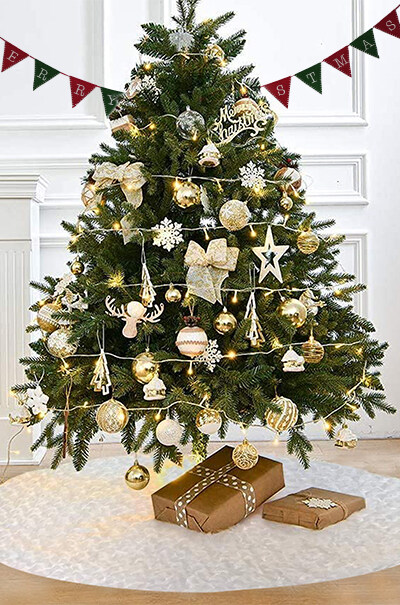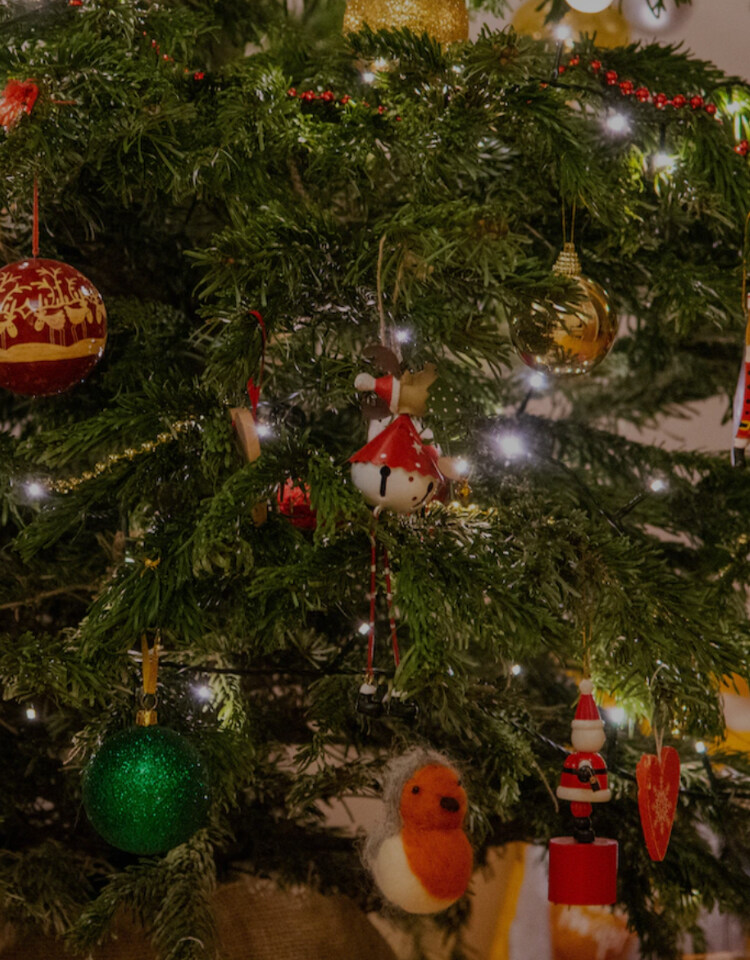Email format error
Email cannot be empty
Email already exists
6-20 characters(letters plus numbers only)
The password is inconsistent
Email format error
Email cannot be empty
Email does not exist
6-20 characters(letters plus numbers only)
The password is inconsistent

News
News about decoration industry from custom christmas ornament manufacturers, you can get nice ideas here.

Christmas Decoration Ornaments Importer
As Christmas approaches, the demand for Christmas decorations is gradually heating up. For importers, it is crucial to understand market trends, master data sources, and respond to industry challenges. This article will explore the current situation, market trends, data sources, and future development directions of Christmas decorations importers.
I. Christmas decorations market trends
(I) Market size growth
In recent years, the Christmas decorations market has shown a significant growth trend. In 2024, the global Christmas decorations market size reached US$6.126 billion. The United States is the world's largest importer of Christmas decorations, with imports exceeding US$2.5 billion in 2024, of which 92% came from China. In addition, as the world's major producer of Christmas decorations, China's exports dominate the global market.
(II) Increased proportion of online sales
The rise of online sales channels has had a profound impact on the Christmas decorations market. The trend of social media and the popularity of e-commerce are driving the market expansion of these Christmas decorations. In 2024, Amazon platform data showed that Chinese sellers' Christmas decoration sales increased by 67% year-on-year, of which 3D printed custom pendants, smart sensing Christmas trees and other technology products contributed 35% of the increase.
(III) Sustainable development and environmentally friendly materials
With the increasing awareness of consumers about environmental protection, sustainable development has become an important trend in the Christmas decoration market. Environmentally friendly products such as simulated cedar made of degradable PLA materials and solar-driven LED light strings have occupied 25% of the market share. Data from Yiwu Industrial Belt in Zhejiang Province showed that the export unit price of such products was 43% higher than that of traditional PVC materials, and the average annual growth rate of imports in Germany and Nordic countries reached 28%.
2. Data Source
(I) Customs Data
Customs data is an important source for understanding the import of Christmas decorations. For example, data provided by Grande showed that China's imports of Christmas lights in the first quarter of 2025 were 1.2 million sets, a year-on-year increase of 5%, and the import value was US$48 million, a year-on-year increase of 12%. These data can help importers understand market dynamics and trends.
(II) Market Research Report
Market research reports provide a more comprehensive market analysis. For example, the "2025-2030 China Christmas Decorations Industry Market Development Trend and Prospects Strategic Research Report" released by Renren Library pointed out that the domestic consumer market presents the characteristics of "diversified holiday scenes", and Christmas decorations have penetrated from traditional supermarket channels to B-end scenes such as theme hotels, cultural tourism projects, and brand pop-up stores.
III. Industry Challenges and Opportunities
(I) Raw material price fluctuations
Raw material price fluctuations have a squeezing effect on manufacturers' profit margins. In 2024, PVC prices rose by 17% year-on-year, forcing 30% of small and medium-sized enterprises to adopt recycled plastics as substitutes. Importers need to reduce costs through technological innovation and supply chain optimization.
(II) International trade barriers
International trade barriers have a significant impact on importers of Christmas decorations. In 2024, the United States imposed a 7.5% tariff on Chinese decorations, which directly affected exports of approximately US$1.8 billion. Importers need to deal with risks by optimizing the supply chain and expanding emerging markets.
(III) Consumption upgrade and personalized needs
Domestic consumption upgrades have driven the increase in the penetration rate of high-end products. The market share of smart decorations with a unit price of more than 300 yuan jumped from 12% in 2023 to 23% in 2025. At the same time, the explosive demand of Generation Z for personalized customized products has promoted manufacturers' innovation in design and production.
IV. Future Outlook
(I) Smart Manufacturing and Green Design
In the next five years, the Christmas decoration industry will present a three-dimensional upgrade path of "smart manufacturing + green design + cross-border brand". Manufacturers need to improve the added value and market competitiveness of products through technological innovation and green design.
(II) Cross-border e-commerce and branding
Cross-border e-commerce will become an important sales channel in the future. It is expected that by 2025, the proportion of cross-border e-commerce channels will increase from 28% in 2024 to 42%. Importers need to increase the international market share of their products through branding and cross-border brand operations.
(III) Sustainable Development
Sustainable development will become the core competitiveness of the industry. Manufacturers need to reduce the impact on the environment through the application of environmentally friendly materials and the improvement of green production processes. At the same time, green trade rules and dual carbon goals at the policy level will also promote the green transformation of the industry.
V. Summary
Christmas decorations importers face many opportunities and challenges in the global market. Through technological innovation, the application of environmentally friendly materials, the rise of cross-border e-commerce and the clustered development of industrial belts, importers can enhance the added value and market competitiveness of their products. However, international trade barriers, fluctuations in raw material prices and personalized demands brought about by consumption upgrades also require importers to continuously innovate and optimize. In the future, intelligent manufacturing, green design and cross-border e-commerce will become the key directions for the development of the industry, driving the Christmas decoration industry towards sustainable and high-quality development.

